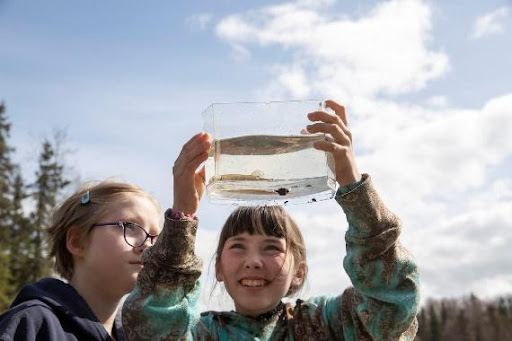Why map Alaska’s salmon streams?
Since 2012, Kenai Watershed Forum has worked to document Alaska’s salmon streams, lakes, and rivers. This work results in additional habitat registered in the Alaska Department of Fish and Game’s Anadromous Waters Catalog (AWC), the state’s inventory of documented salmon habitat. A thorough inventory of these water bodies is important because it specifies which streams, rivers and lakes are important to anadromous fish species and therefore afforded protection under state and local law. Water bodies that are not “specified” within the catalog are not afforded that protection.
To read more on the why and how of mapping Alaska’s salmon streams, download The challenge of mapping Alaska’s salmon streams here.
Using better maps to make better maps
The work of documenting new salmon streams is little like prospecting for gems. We may have some idea where to look, but we don’t know for certain what we’ll find until we go there. To make best use of time and resources looking for undocumented salmon habitat, we can use sophisticated mapping techniques to help us choose where to go.
There is an evolving set of ideas on how best to use GIS-based mapping approaches to search for undocumented salmon habitat. To help make sense of these ideas and methods, I’ve written up a description some of the different ways that researchers in Alaska have tackled this topic over the last 15 years, and consider what are our best options moving forward. This essay is intended for a more technical audience.
To read more on current and future methods for using maps to help located Alaska’s undocumented salmon streams, download Using better maps to make better maps for Alaska’s salmon streams here.
***
I’ve shared these two essays in particular because I hope to get feedback from all those of you who also work to seek out and document Alaska’s salmon streams. I’d like to hear your ideas, edits, and critiques. I am in the process of understanding the best way to advance this work for our region, and I look forward to doing the work with all of you. Please reach out at ben@kenaiwatershed.org .
– Benjamin Meyer



